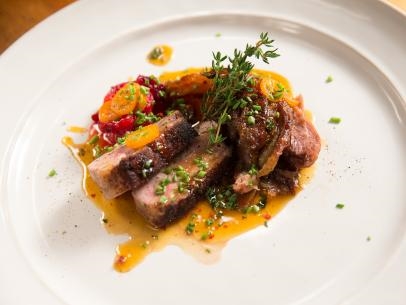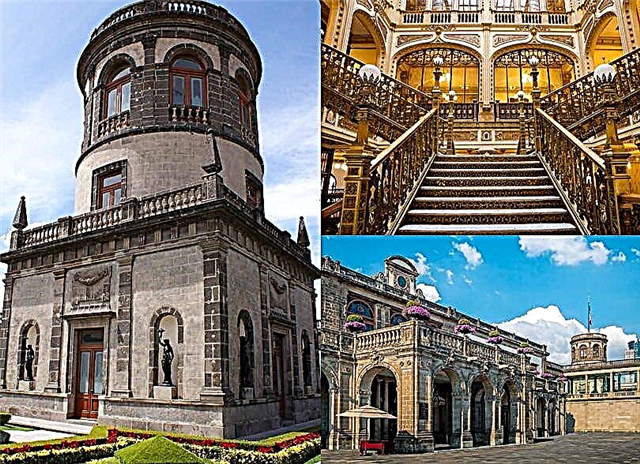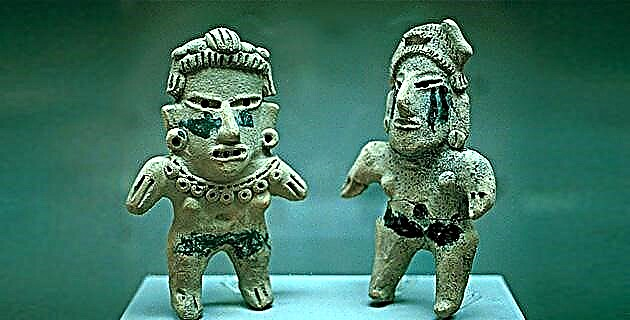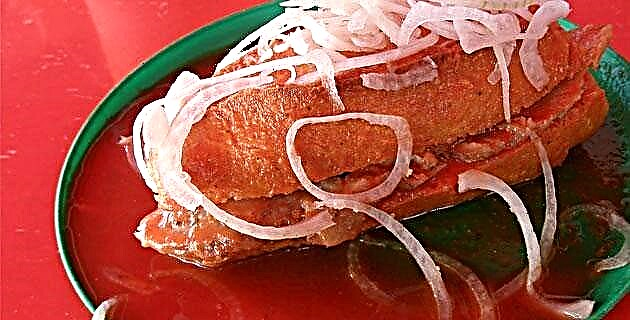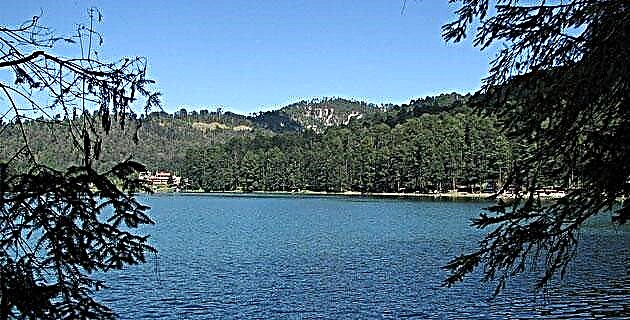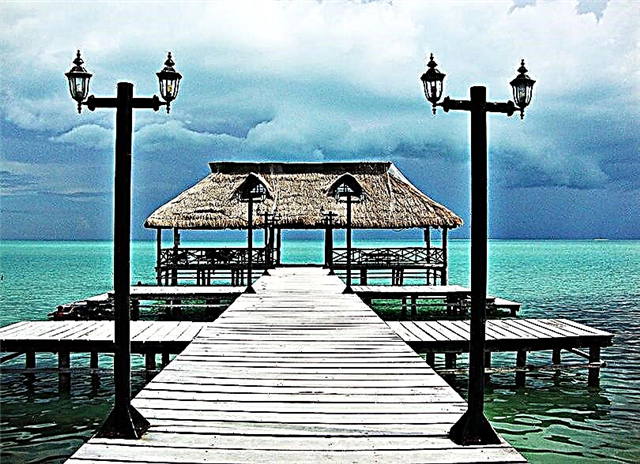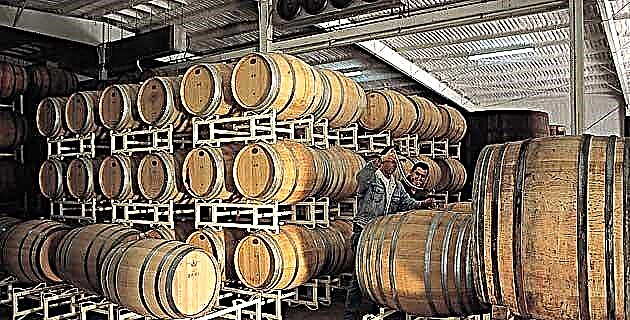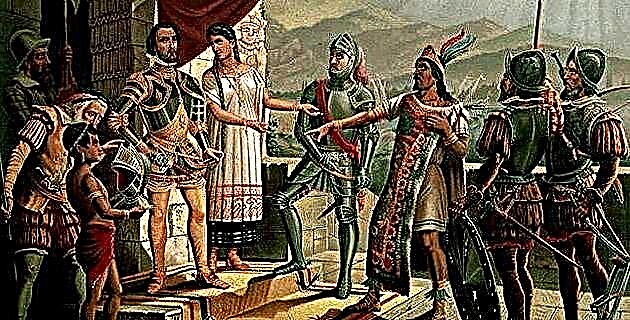
According to Bernal Díaz del Castillo, Malintzin was a native woman from the town of Painalla. Learn more about it ...
That morning of March 15, 1519, after confronting and defeating the natives in two skirmishes in the vicinity of the Tabasco River –now Grijalva–, Cortés and his men received an unexpected visit from a retinue sent by the Lord of Potochtlan, who As proof of submission, he wanted to flatter the newly disembarked with numerous gifts, among which jewels, textiles, food and a group of twenty women, all young girls, stood out, who were immediately distributed by Cortés among his captains; Alonso Hernández de Portocarrero was touched by that young woman who would soon become one of the most important characters in the epic conquest that was about to begin: Malintzin or Malinche.
According to Bernal Díaz del Castillo, Malintzin was a native woman from the town of Painalla, in the province of Coatzacoalcos (in the current state of Veracruz), and “since she was little she was a great lady and chief of towns and vassals”. However, her life changed when, even as a child, her father died and her mother contracted a new marriage with another chief, from whose union a male child was born, who would be determined to leave the chiefdom once he was old enough to assume control of it, setting aside Malintzin as a possible successor.
Faced with this uncomfortable prospect, little Malinche was given to a group of merchants from the Xicalango region, the famous commercial area where caravans of merchants met to exchange their products. It was these Pochtecas who later exchanged it with the people of Tabasco, who, as already mentioned, offered it to Cortés without even imagining the future that awaited this "good-looking ... meddling and outgoing woman ..."
A few days after this encounter with the Tabasco indigenous people, Cortés set sail again, heading north, skirting the coast of the Gulf of Mexico until reaching the sandy areas of Chalchiucueyehcan, previously explored by Juan de Grijalva on his expedition. from 1518 - the modern port of Veracruz now sits in them. It seems that during this journey Malinche and the rest of the natives were baptized under the Christian religion by the clergyman Juan de Díaz; Let us remember that in order for there to be a carnal union with these natives, the Spanish had to recognize them first as participants of the same faith that they professed.
Already settled in Chalchiucueyehcan, some soldiers noticed that Malintzin was chatting animatedly with another naboría, one of those women sent by the Mexica to make tortillas for the Spanish, and that the conversation was in the Mexican language. Knowing Cortés of that fact, he sent for her, certifying that she spoke both Mayan and Nahuatl; So he was bilingual. The conqueror was amazed, because with this he had solved the problem of how to understand himself with the Aztecs, and that was in accordance with his desire to know the kingdom of Mr.Moctezuma and his capital city, México-Tenochtitlan, of which he had already heard fantastic stories.
Thus, Malinche ceases to be another woman at the sexual service of the Spaniards and becomes the inseparable companion of Cortés, not only translating but also explaining to the conqueror the way of thinking and beliefs of the ancient Mexicans; in Tlaxcala he advised cutting off the spies' hands so that the natives would respect the Spanish. In Cholula he warned Cortes of the conspiracy that the Aztecs and Cholultecs were supposedly planning against him; the answer was the cruel slaughter that the Extremadura captain made of the population of this city. And already in Mexico-Tenochtitlan he explained the religious beliefs and the fatalistic vision that reigned in the mind of the sovereign Tenochca; He also fought alongside the Spanish in the famous battle of the “Noche Triste”, in which the Aztec warriors, led by Cuitláhuac, drove the European conquerors from their city before it was finally besieged on August 13, 1521.
After the fall to blood and fire of Mexico-Tenochtitlan, Malintzin had a son with Cortés, whom they gave the name of Martín. Later, in 1524, during the fateful expedition to Las Hibueras, Cortés himself married her to Juan Jaramillo, somewhere near Orizaba, and from that union his daughter María was born.
Doña Marina, as she was baptized by the Spaniards, died mysteriously at her house on La Moneda Street, one morning on January 29, 1529, according to Otilia Meza, who claims to have seen the death certificate signed by Fray Pedro de Gante ; perhaps she was assassinated so that she would not testify against Cortés in the trial that followed him. However, her image, captured in the colorful plates of the Lienzo de Tlaxcala or in the memorable pages of the Florentine Codex, still remind us that she, without intending to, was the symbolic mother of miscegenation in Mexico ...
Source: Pasajes de la Historia No. 11 Hernán Cortés and the conquest of Mexico / May 2003
Editor of mexicodesconocido.com, specialized tourist guide and expert in Mexican culture. Love maps!

